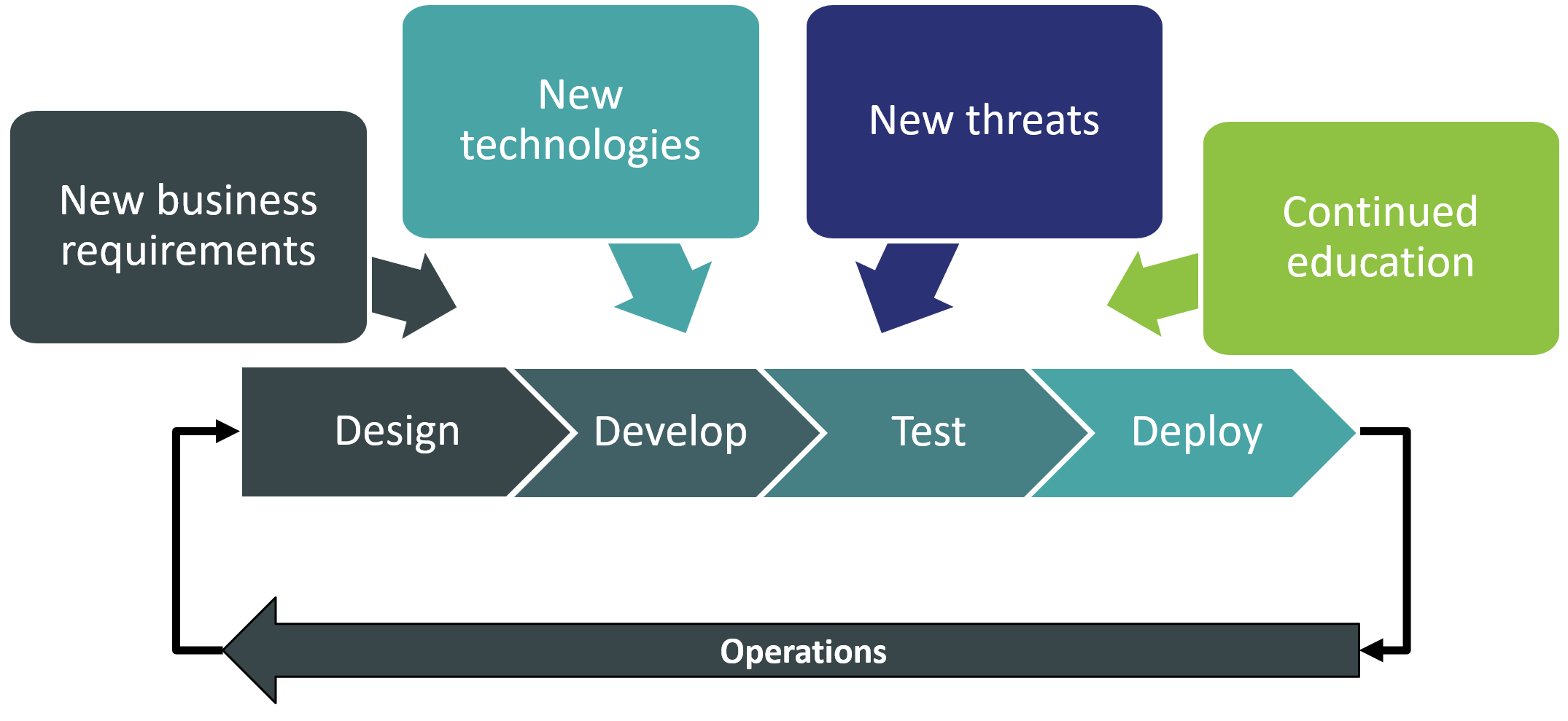From what used to be a purely technical concept created to make developers’ lives easier, Application Programming Interfaces (APIs) have evolved into one of the foundations of modern digital business. Today, APIs can be found everywhere – at homes and in mobile devices, in corporate networks and in the cloud, even in industrial environments, to say nothing about the Internet of Things.
When dealing with APIs, security should not be an afterthought
In a world where digital information is one of the “crown jewels” of many modern businesses (and even the primary source of revenue for some), APIs are now powering the logistics of delivering digital products to partners and customers. Almost every software product or cloud service now comes with a set of APIs for management, integration, monitoring or a multitude of other purposes.
As it often happens in such scenarios, security quickly becomes an afterthought at best or, even worse, it is seen as a nuisance and an obstacle on the road to success. The success of an API is measured by its adoption and security mechanisms are seen as friction that limits this adoption. There are also several common misconceptions around the very notion of API security, notably the idea that existing security products like web application firewalls are perfectly capable of addressing API-related risks.
An integrated API security strategy is indispensable
Creating a well-planned strategy and reliable infrastructure to expose their business functionality securely to be consumed by partners, customers, and developers is a significant challenge that has to be addressed not just at the gateway level, but along the whole information chain from backend systems to endpoint applications. It is therefore obvious that point solutions addressing specific links in this chain are not viable in the long term.
Only by combining proactive application security measures for developers with continuous activity monitoring and deep API-specific threat analysis for operations teams and smart, risk-based and actionable automation for security analysts one can ensure consistent management, governance and security of corporate APIs and thus the continuity of business processes depending on them.
Security challenges often remain underestimated
We have long recognized API Economy as one of the most important current IT trends. Rapidly growing demand for exposing and consuming APIs, which enables organizations to create new business models and connect with partners and customers, has tipped the industry towards adopting lightweight RESTful APIs, which are commonly used today.
Unfortunately, many organizations tend to underestimate potential security challenges of opening up their APIs without a security strategy and infrastructure in place. Such popular emerging technologies as the Internet of Things or Software Defined Computing Infrastructure (SDCI), which rely significantly on API ecosystems, are also bringing new security challenges with them. New distributed application architectures like those based on microservices, are introducing their own share of technical and business problems as well.
KuppingerCole’s analysis is primarily looking at integrated API management platforms, but with a strong focus on security features either embedded directly into these solutions or provided by specialized third party tools closely integrated with them.

The API market has changed dramatically within just a few years
When we started following the API security market over 5 years ago, the industry was still in a rather early emerging stage, with most large vendors focusing primarily on operational capabilities, with very rudimentary threat protection functions built into API management platforms and dedicated API security solutions almost non-existent. In just a few years, the market has changed dramatically.
On one hand, the core API management capabilities are quickly becoming almost a commodity, with, for example, every cloud service provider offering at least some basic API gateway functionality built into their cloud platforms utilizing their native identity management, monitoring, and analytics capabilities. Enterprise-focused API management vendors are therefore looking into expanding the coverage of their solutions to address new business, security or compliance challenges. Some, more future-minded vendors are even no longer considering API management a separate discipline within IT and offer their existing tools as a part of a larger enterprise integration platforms.
On the other hand, the growing awareness of the general public about API security challenges has dramatically increased the demand for specialized tools for securing existing APIs. This has led to the emergence of numerous security-focused startups, offering their innovative solutions, usually within a single area of the API security discipline.
Despite consolidation, there is no “one stop shop” for API security yet
Unfortunately, the field of API security is very broad and complicated, and very few (if any) vendors are currently capable of delivering a comprehensive security solution that could cover all required functional areas. Although the market is already showing signs of undergoing consolidation, with larger vendors acquiring these startups and incorporating their technologies into existing products, expecting to find a “one stop shop” for API security is still a bit premature.
Although the current state of API management and security market is radically different from the situation just a few years ago, and the overall developments are extremely positive, indicating growing demand for more universal and convenient tools and increasing quality of available solutions, it is yet to reach anything resembling the stage of maturity. Thus, it’s even more important for companies developing their API strategies to be aware of the current developments and to look for solutions that implement the required capabilities and integrate well with other existing tools and processes.
Hybrid deployment model is the only flexible and future-proof security option
Since most API management solutions are expected to provide management and protection for APIs regardless of where they are deployed – on-premises, in any cloud or within containerized or serverless environments – the very notion of the delivery model becomes complicated.
Most API management platforms are designed to be loosely coupled, flexible, scalable and environment-agnostic, with a goal to provide consistent functional coverage for all types of APIs and other services. While the gateway-based deployment model remains the most widespread, with API gateways deployed either closer to existing backends or to API consumers, modern application architectures may require alternative deployment scenarios like service meshes for microservices.
Dedicated API security solutions that rely on real-time monitoring and analytics may be deployed either in-line, intercepting API traffic or rely on out-of-band communications with API management platforms. However, management consoles, developer portals, analytics platforms and many other components are usually deployed in the cloud to enable a single pane of glass view across heterogeneous deployments. A growing number of additional capabilities are now being offered as Software-as-a-Service with consumption-based licensing.
In short, for a comprehensive API management and security architecture a hybrid deployment model is the only flexible and future-proof option. Still, for highly sensitive or regulated environments customers may opt for a fully on-premises deployment.
Required Capabilities
In our upcoming Leadership Compass on API Management and Security, we evaluate products according to multiple key functional areas of API management and security solutions. These include API Lifecycle Management core capabilities, flexibility of Deployment and Integration, developer engagement with Developer Portal and Tools, strength and flexibility of Identity and Access Control, API Vulnerability Management for proactive hardening of APIs, Real-time Security Intelligence for detecting ongoing attacks, Integrity and Threat Protection means for securing the data processed by APIs, and, last but not least, each solution’s Scalability and Performance.
The preliminary results of our comparison will be presented at out Cybersecurity Leadership Summit, which will take place next week in Berlin.

















































